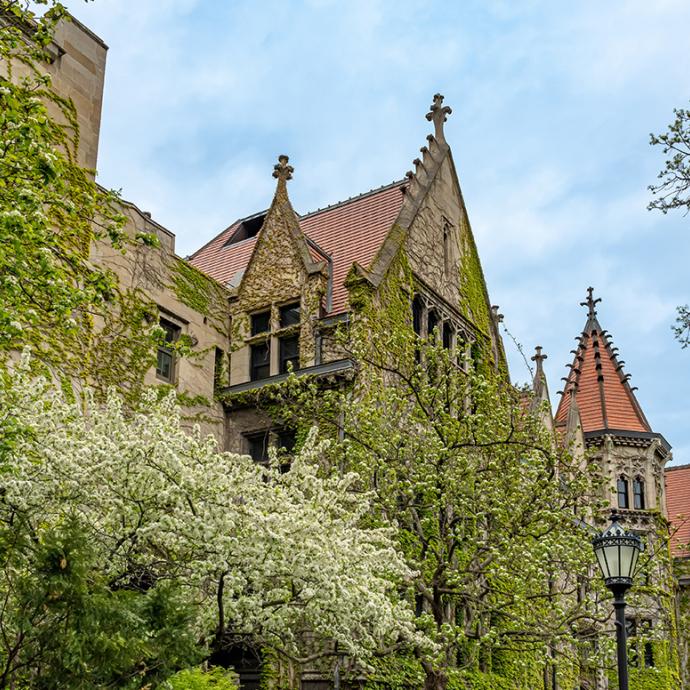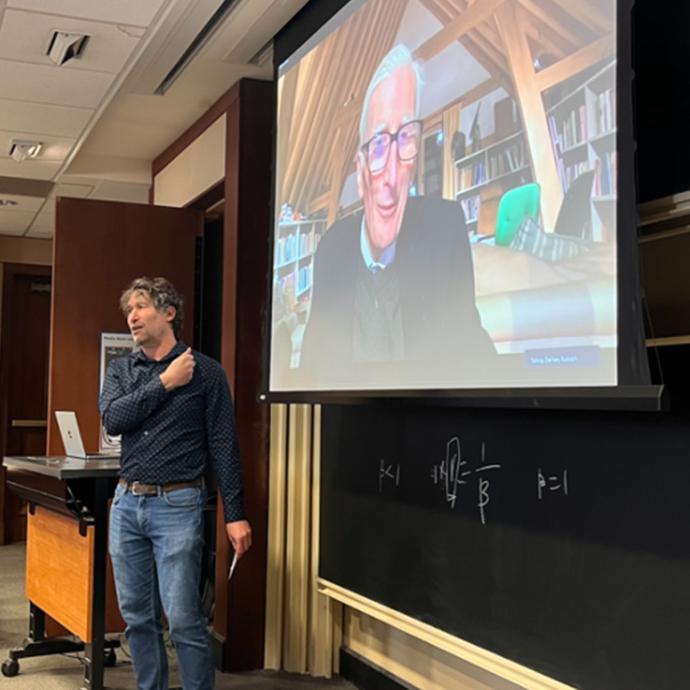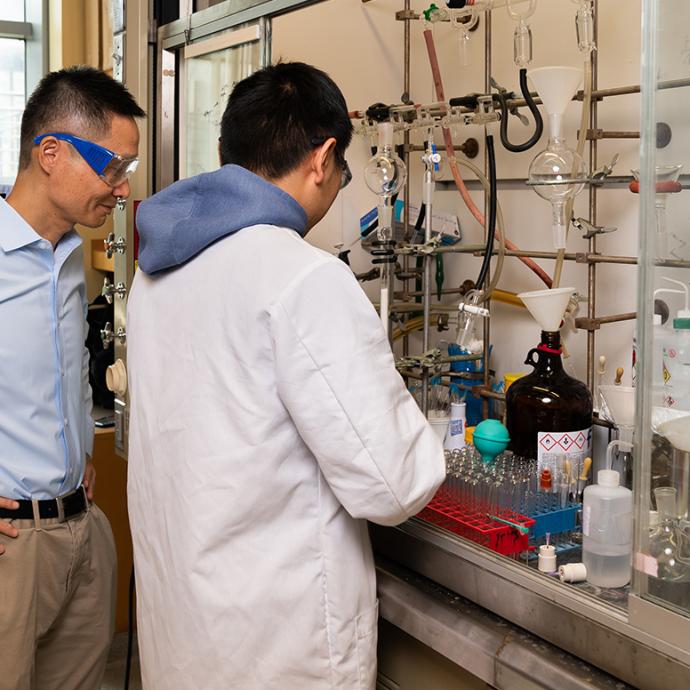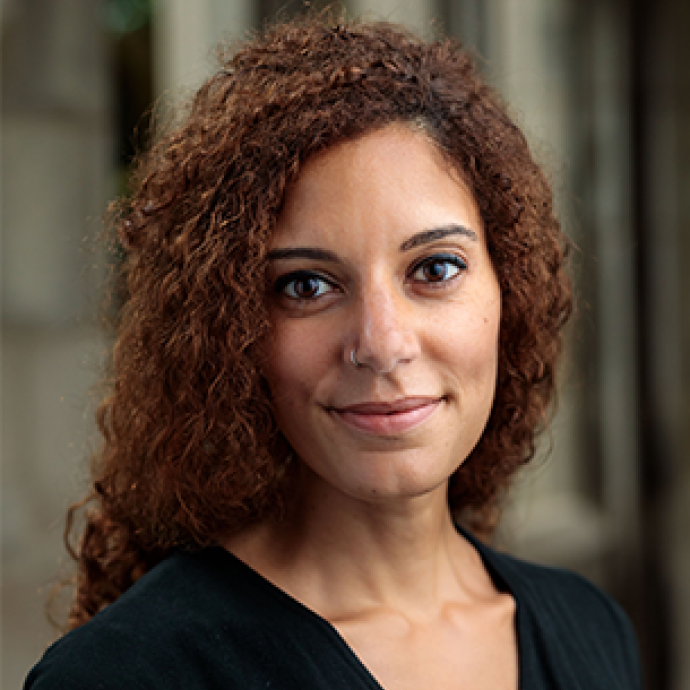For more than 60 years, many international students who are a long way from home have had the chance to experience a family Thanksgiving in a small Midwestern community.
The International House of Chicago’s Thanksgiving Homestay Program has given thousands of international students the chance to experience the distinctly U.S. tradition with host families in rural communities in southern and western Illinois.
“Working for world peace should be everybody’s business,” wrote the program’s founder, the late Trudy Trogdon, in a paper she wrote in 1958 titled “Thanksgiving in Paris: A Grass-Roots Approach to World Understanding.”
Trogdon, of Paris, Illinois—a community of less than 10,000 people about 165 miles south of Chicago—conceived the idea in the mid-1950s to let students from other countries observe and take part in the daily life of an average Midwestern family and to give the hosts a chance to understand the ideas and perspectives of their guests.
Despite some initial resistance and challenges, Trogdon’s enthusiasm and persistence made her dream a reality in 1956, as she organized her local community leaders and then connected them to international student affairs directors at universities in the Chicago area.
The first year saw 142 students—some with their spouses and children—visit 100 Paris homes. Trogdon later recruited state and community coordinators, and the program grew to other communities, including Geneseo, Morrison, Prophetstown and Rock River Valley.
Program returns after pandemic
Now, after a three-year hiatus due to the COVID-19 pandemic, 35 host families will welcome students from Mexico, Spain, India, Taiwan, China, Singapore, Hong Kong, Indonesia, Nigeria, Japan and Vietnam this Thanksgiving for a unique four-day experience.










 —Prof. Chuan He
—Prof. Chuan He
